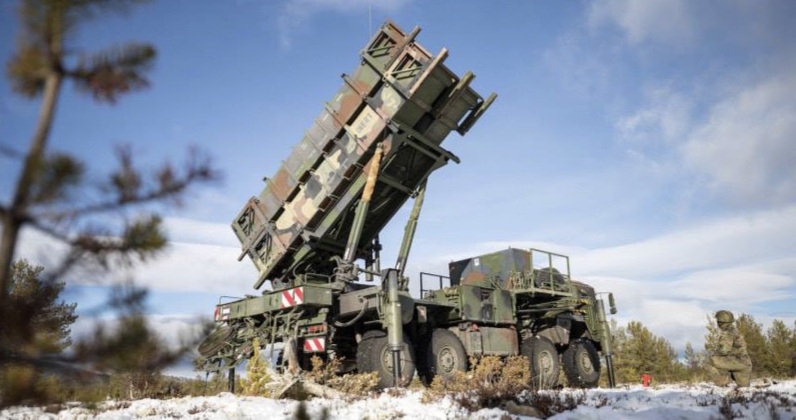News
Ukraine Fears This Soviet Cruise Missile: Air Force Highlights Kh-22s Impossible to Shoot Down Amid Increasingly Desperate Air Defence Situation
Shortly after an unprecedented series of mass missile strikes across Ukrainian territory on December 29, which is considered the largest missile attack in Russian history, Ukrainian Air Force Command spokesperson Yury Ignat singled out the capabilities of the Soviet Kh-22 cruise missile which he revealed his country’s armed forces had consistently been unable to intercept. Ignat stated that since the escalation of hostilities between Russia and Ukraine in February 2022 Russian forces had fired approximately 300 Kh-22 and Kh-32 missiles at targets across Ukraine – the latter being a modernised variant developed by Russia and often produced by upgrading Soviet-built missile airframes. He stated that Ukrainian air defences had not been able to intercept a single one. Ignat had previously stated in January: “I emphasise that it is impossible to shoot down Kh-22 missiles with the means we have in our arsenal,” highlighting the missile’s sheer speed as the reason.

The Kh-22 has been used extensively for strikes on Ukrainian targets due to both the sheer size of the Soviet arsenals which Russia had managed to keep in storage in good condition, and due to the age of the missiles which are nearing their decommissioning dates and thus would need to be disposed of regardless of the situation in Ukraine. The class first entered frontline service in 1962, but still has few rivals in the world in terms of performance. The missiles were designed for anti-shipping roles to penetrate the multi layered air defences of U.S. Navy carrier strike groups, and achieved this with irregular trajectories and a very high near hypersonic speed of Mach 4.6. The Kh-22 allowed Tu-22M bomber units to neutralise enemy warships from very long ranges, and were produced in tremendous numbers reflecting the size of the Soviet bomber fleet at the time in the high hundreds. Although Russia has expanded its capacity for the production of multiple classes of cruise and ballistic missile to several times the levels seen before 2022, production nevertheless remains dwarfed by the scales seen in the Soviet era which has made the preservation of a portion of Soviet cruise missile stockpiles highly valuable today.

The challenge posed by Kh-22 strikes has been compounded by a serious depletion of Ukraine’s Soviet built air defence network, which supplies from the country’s Western supporters have not come close to compensating for. Other than two units of American Patriot missile systems guarding the capital Kiev, one of which was taken out of commission and reportedly seriously damaged by Russian missile strikes in May, Ukraine also lacks any post-1980s long range air defence assets. Ukrainian officials have consistently requested massive new donations of Patriot missile systems, with Ukrainian President Volodymyr Zelensky stating in the spring that the country needed 20 systems deployed across the country. This figure was equivalent the large majority of the arsenal NATO fielded across all member states and was considered far from realistic. The United States has seen its own air defence capabilities stretched dangerously thin even without further donations to Ukraine, with the situation exacerbated by a surge in deployments to the Middle East from October. Severe air defence shortages in the Ukrainian theatre have resulted in growing effectiveness using tactical air power and missile strikes against Ukrainian frontline positions, where munitions supplies on the ground have also become desperately low, as Kiev prioritises the air defence of major cities.












